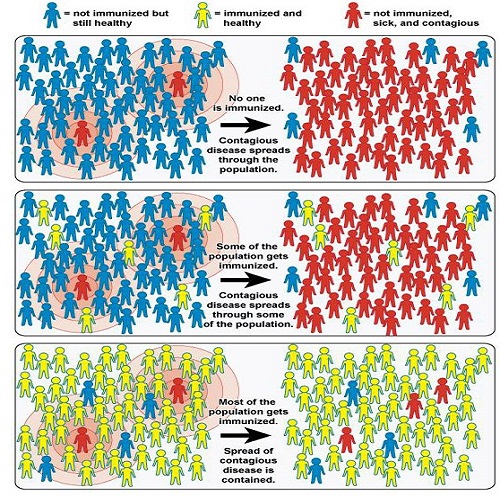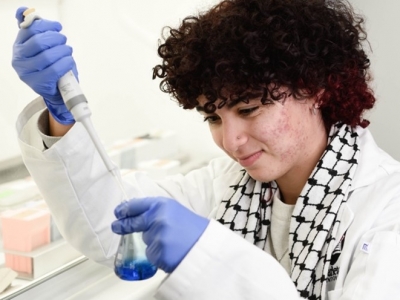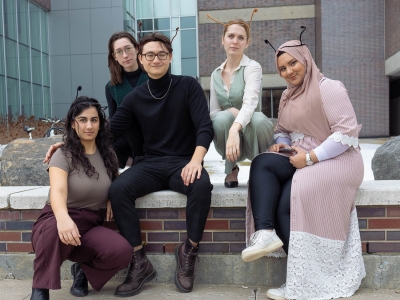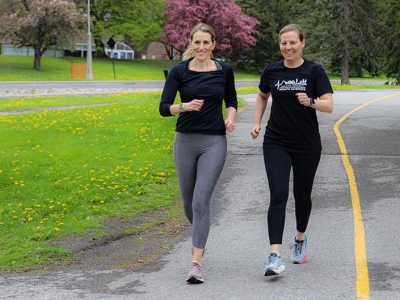 Erling Rud, Department of Health Sciences
Erling Rud, Department of Health Sciences
Since Edward Jenner’s discovery that giving a boy cowpox could protect people from the ravages of Smallpox, over 200 years ago, we as a species have benefited greatly by the protection provided by mass vaccinations. However, the research and development efforts required to develop each new vaccine is costly both in shear effort and financial investment. In the 1950s Jonas Salk developed the first vaccine against polio. Some of you may remember friends and neighbours who spent time in Iron lungs to survive the impact of Polio virus infections. Since that time there has been a steady increase in the number of vaccines being produced. Even this Summer, we have heard of the development of an Hemophilus influenzae type A, or simply Hia vaccine by our own National Research Council to protect the Inuit in the North. My talk will focus on the variety of steps required to get a vaccine research idea into a country wide immunization program and focus on some of my own research efforts in the HIV vaccine field.

Wednesday, November 28, 2018 in Science Cafe
Share: Twitter, Facebook



